- Your cart is empty
- Continue Shopping

Product
Buy mestinon
Mestinon (pyridostigmine) is available in the following forms: Syrup containing 60 mg pyridostigmine bromide per teaspoonful in a vehicle containing 5% alcohol, glycerin, lactic acid, sodium benzoate, sorbitol, sucrose, FD&C Red No. 40, FD&C Blue No. 1, flavors and water. Tablets containing 60 mg pyridostigmine bromide; each tablet also contains lactose, silicon dioxide and stearic acid. Timespan Tablets containing 180 mg pyridostigmine bromide; each tablet also contains carnauba wax, corn-derived proteins, magnesium stearate, silica gel and tribasic calcium phosphate.
INDICATIONS
Mestinon (pyridostigmine) is useful in the treatment of myasthenia gravis.
DOSAGE AND ADMINISTRATION of mestinon
Mestinon (pyridostigmine) is available in three dosage forms:
Syrup – raspberry-flavored, containing 60 mg pyridostigmine bromide per teaspoonful (5 mL). This form permits accurate dosage adjustment for children and “brittle” myasthenic patients who require fractions of 60 mg doses. It is more easily swallowed, especially in the morning, by patients with bulbar involvement.
Conventional Tablets – each containing 60 mg pyridostigmine bromide.
Timespan Tablets – each containing 180 mg pyridostigmine bromide. This form provides uniformly slow release, hence prolonged duration of drug action; it facilitates control of myasthenic symptoms with fewer individual doses daily. The immediate effect of a 180 mg Timespan Tablet is about equal to that of a 60 mg Conventional Tablet; however, its duration of effectiveness, although varying in individual patients, averages 2½ times that of a 60 mg dose.
Dosage: The size and frequency of the dosage must be adjusted to the needs of the individual patient.
Syrup and Conventional Tablets – The average dose is ten 60 mg tablets or ten 5 mL teaspoonfuls daily, spaced to provide maximum relief when maximum strength is needed. In severe cases as many as 25 tablets or teaspoonfuls a day may be required, while in mild cases one to six tablets or teaspoonfuls a day may suffice.
Timespan Tablets – One to three 180 mg tablets, once or twice daily, will usually be sufficient to control symptoms; however, the needs of certain individuals may vary markedly from this average. The interval between doses should be at least 6 hours. For optimum control, it may be necessary to use the more rapidly acting regular tablets or syrup in conjunction with Timespan therapy.
Note: For information on a diagnostic test for myasthenia gravis, and for the evaluation and stabilization of therapy, please see product literature on Tensilon® (edrophonium chloride).
HOW SUPPLIED
Syrup, 60 mg pyridostigmine bromide per teaspoonful (5 mL) and 5% alcohol – bottles of 16 fluid ounces (1 pint) (NDC 0187-3012-20).
Tablets, are available as white, flat-faced tablets containing 60 mg pyridostigmine bromide in bottles of 100 (NDC 0187-3010-30) and 500 (NDC 0187-3010-40). Each tablet is engraved MESTINON (pyridostigmine) 60 V” on one side and is quadrisect scored on the other.
Timespan Tablets are available as light straw-colored, capsule-shaped tablets containing 180 mg pyridostigmine bromide in bottles of 30 (NDC 0187-3013-30). Each tablet is engraved “MES V 180” on one side and is single-scored on the other.
Note: Because of the hygroscopic nature of the Timespan Tablets, mottling may occur. This does not affect their efficacy.
Store Mestinon (pyridostigmine) Tablets, Timespan Tablets, and Syrup at 25°C (77°F); excursions permitted to 15°C-30°C (59°F-86°F). Keep Mestinon (pyridostigmine) Tablets and Timespan Tablets in a dry place with the silica gel enclosed.
SIDE EFFECTS of mestinon
The side effects of Mestinon (pyridostigmine) are most commonly related to overdosage and generally are of two varieties, muscarinic and nicotinic. Among those in the former group are nausea, vomiting, diarrhea, abdominal cramps, increased peristalsis, increased salivation, increased bronchial secretions, miosis and diaphoresis. Nicotinic side effects are comprised chiefly of muscle cramps, fasciculation and weakness. Muscarinic side effects can usually be counteracted by atropine, but for reasons shown in the preceding section the expedient is not without danger. As with any compound containing the bromide radical, a skin rash may be seen in an occasional patient. Such reactions usually subside promptly upon discontinuance of the medication.
WARNINGS
Although failure of patients to show clinical improvement may reflect underdosage, it can also be indicative of overdosage. As is true of all cholinergic drugs, overdosage of Mestinon (pyridostigmine) may result in cholinergic crisis, a state characterized by increasing muscle weakness which, through involvement of the muscles of respiration, may lead to death. Myasthenic crisis due to an increase in the severity of the disease is also accompanied by extreme muscle weakness, and thus may be difficult to distinguish from cholinergic crisis on a symptomatic basis. Such differentiation is extremely important, since increases in doses of Mestinon (pyridostigmine) or other drugs of this class in the presence of cholinergic crisis or of a refractory or “insensitive” state could have grave consequences. Osserman and Genkins1indicate that the differential diagnosis of the two types of crisis may require the use of Tensilon® (edrophonium chloride) as well as clinical judgment. The treatment of the two conditions obviously differs radically. Whereas the presence of myasthenic crisis suggests the need for more intensive anticholinesterase therapy, the diagnosis of cholinergic crisis, according to Osserman and Genkins,1 calls for the prompt withdrawal of all drugs of this type. The immediate use of atropine in cholinergic crisis is also recommended.
Atropine may also be used to abolish or obtund gastrointestinal side effects or other muscarinic reactions; but such use, by masking signs of overdosage, can lead to inadvertent induction of cholinergic crisis.
For detailed information on the management of patients with myasthenia gravis, the physician is referred to one of the excellent reviews such as those by Osserman and Genkins,2 Grob3 or Schwab.4,5
Usage in Pregnancy: The safety of Mestinon (pyridostigmine) during pregnancy or lactation in humans has not been established. Therefore, use of Mestinon (pyridostigmine) in women who may become pregnant requires weighing the drug’s potential benefits against its possible hazards to mother and child.
PRECAUTIONS
Pyridostigmine is mainly excreted unchanged by the kidney.6,7,8 Therefore, lower doses may be required in patients with renal disease, and treatment should be based on titration of drug dosage to effect.
CONTRAINDICATIONS
Mestinon (pyridostigmine) is contraindicated in mechanical intestinal or urinary obstruction, and particular caution should be used in its administration to patients with bronchial asthma. Care should be observed in the use of atropine for counteracting side effects, as discussed below.

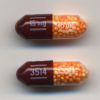
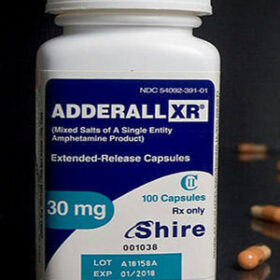
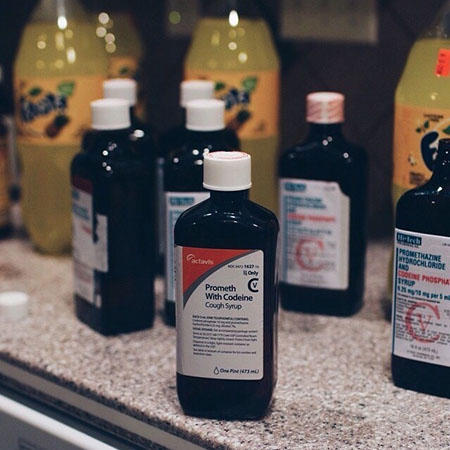


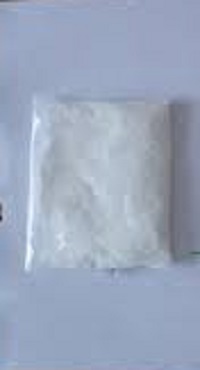

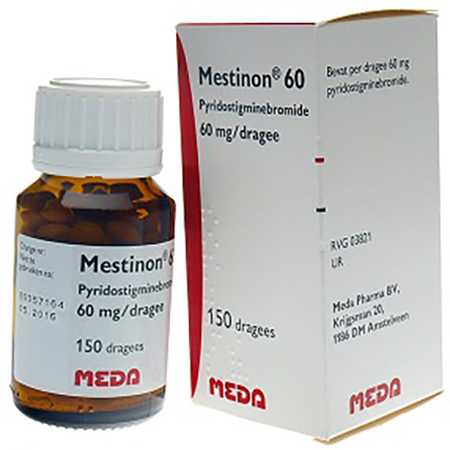

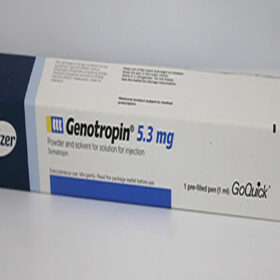


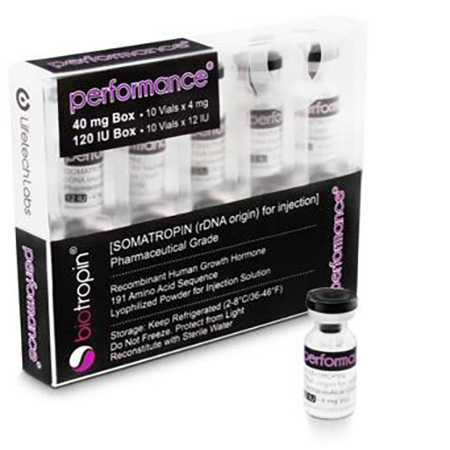

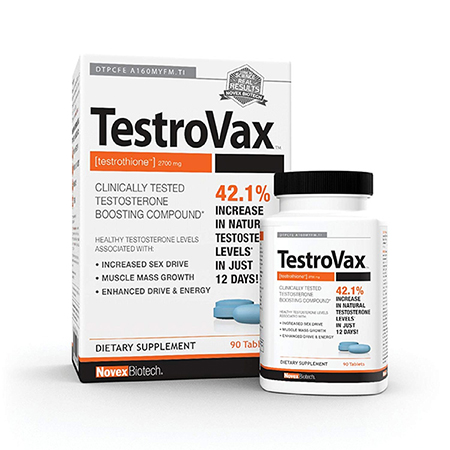
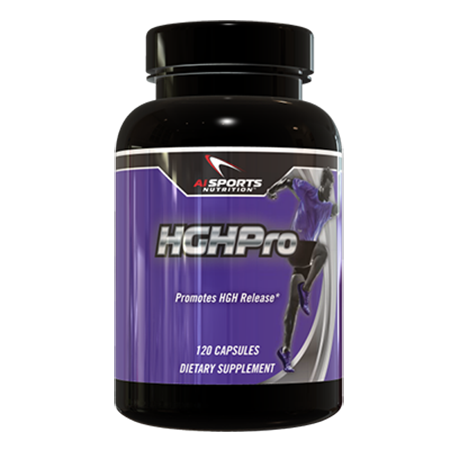
Reviews
There are no reviews yet.